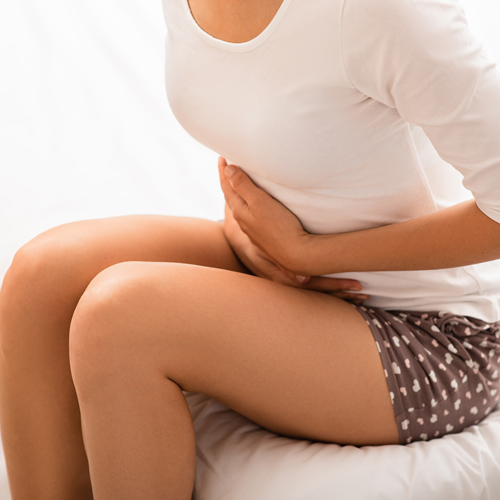No, urinary incontinence is not part of aging and should not be considered as such, because it cuts across all age groups.
What is urinary incontinence?
Urinary incontinence is the involuntary loss of urine or bladder control. Because it affects millions of people in South Africa, many men and women believe that incontinence is a natural part of aging, and do not feel that treatment is necessary or available. Because urinary incontinence is not a disease, but rather a symptom of an underlying problem, it can be treated. There are many types of urinary incontinence, all with different underlying causes.
The impact that urinary incontinence can have on your life should not be underestimated, as the chances of embarrassment can cause you to limit your travels and social engagement. It can also cause a loss of productivity. These are only some of the difficulties that patients experience with urinary incontinence.
Types of Incontinence
As previously stated, there are different types of urinary incontinence, which includes:
Urge Incontinence – Leakage occurs due to involuntary contractions of the bladder muscle. It is also termed “overactive bladder.”
Stress Incontinence – Leakage occurs with strong pressure transmitted through the abdomen and pelvis, often from straining, coughing, laughing or sneezing.
Mixed Urinary Incontinence – Leakage due to a combination of the above.
Overflow Incontinence – Leakage occurs due to an overflow of urine from a full bladder.
Causes of incontinence
There are many causes of incontinence. These causes include:
- Anatomic variations due to childbirth or surgery
- Benign prostatic hypertrophy (an enlarged prostate)
- Neuromuscular dysfunction due to stroke, spinal cord injury, diabetes or other underlying disease
- Infection and inflammation
At West Coast Urology, we believe that the only way to determine the cause of urinary incontinence is through a thorough evaluation.
Surgery
Patients who suffer from urinary incontinence are able to benefit from minimally invasive surgical treatments to assist with the symptoms of incontinence. Our physicians are able to perform a variety of procedures that are customized to each patient. These procedures include:
- Stress urinary incontinence-pubovaginalis slings
- Urodynamics
- Laparoscopic sacrocolpopexy
- Neurogenic Bladder
Frequently Asked Questions with regards to urinary incontinence
-
Is incontinence a part of aging?
-
Does having diabetes increase my risk for incontinence?
Incontinence is certainly more common in diabetic patients, since diabetes hinders the bladder’s ability to empty fluids properly. Diabetic patients may develop overflow, stress or urge incontinence.
-
Can incontinence come and go?
Some patients experience incontinence for a few weeks, and find themselves relieved of symptoms in other weeks. It may come and go depending on what is causing the condition.
-
How is incontinence diagnosed?
A proper evaluation by your medical health professional should be done.




